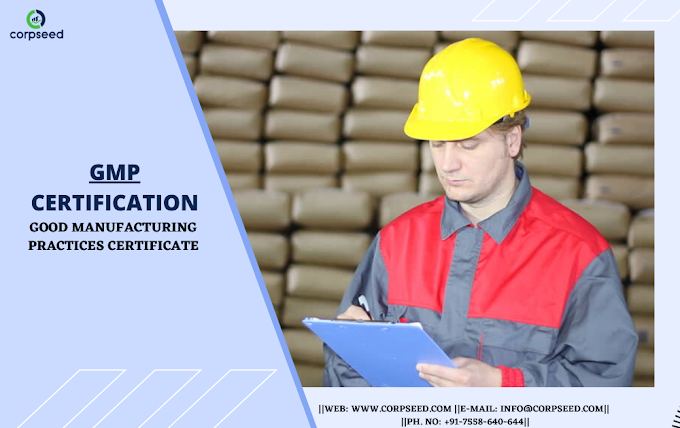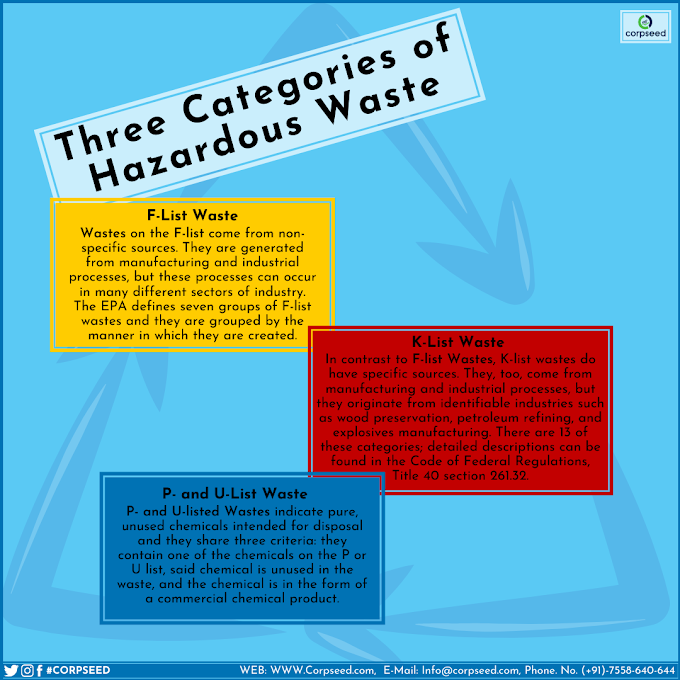Good Manufacturing Practices (GMP) ar a collection of production standards that are adopted by regulators, retailers, and customers within the food and pharmaceutical industries.
GMPs offer a basic assurance that a product was made below industry-standard conditions. Some areas addressed within the GMP include:
• standing of the
building and facility
• instrumentation
style and Maintenance
• worker practices
• Cleanliness
standing
• material sourcing
• Maintaining
robust production controls
• Record and report
There are many sets
of GMP standards that are supported by varied governments. fortuitously, though
they're virtually identical. Some versions of GMP include:
• CGMP * (food)
addresses the assembly of food for America.
• CGMP * (medicine)
addresses the assembly of pharmaceutical medicine for the U.S.
• EU-GMP addresses
the assembly of pharmaceutical medicine for the ECU Union
• Guide 104 GMP
addresses the assembly of pharmaceutical medicine for North American country
If you're
considering orienting your business with
GMPs, adopt a collection of standards that indicate wherever your process is
found and wherever your product is going to be oversubscribed. If it involves
over one set of GMPs, you'll need to create positive that your operations align
with each. Again, they're virtually identical.
* CGMP stands for
"Current sensible producing Practices" and is regulated by the
agency.
Food vs medication
GMP
In u. s., the agency has outlined 2 totally
different sets of GMP standards - food and medicines.
Food cGMP: These
"describe ways, equipment, facilities, and controls for the assembly of
processed food." (FDA, 2004). These are to confirm that the food is safe to
eat.
Drug cGMPs: These
"ensure the identity, affordability, quality, and purity of drug makers,
that need pharmaceutical makers to adequately management producing
operations". (FDA, 2018).
The sections below
mirror the GMP necessities for food.
Understanding the
GMP certification method
After a producer
aligns its operations with the GMP, they'll think about browsing the
certification method through a personal auditing firm. this is often however
the certification method typically works:
1. A manufacturer
adopts GMP standards and makes necessary changes to align with the standards.
betting on the preceding practices and conditions, it should take 3–12 months.
2. The manufacturer
selects a personal auditing firm (there are several) to conduct a GMP audit.
3. The auditing firm performs the audit, which can embody a review of the ability and review of
records.
4. The manufacturer
can correct any non-compliance space and if they receive a passing score,
they'll receive a certificate from the auditing firm.
5. The manufacturer
might offer this certificate to potential consumers as a sign of their
alignment with business standards.
Why you select your
operation with GMPS
Regardless of
whether or not your business chooses to pursue certification, orienting its operations with GMP can have the
subsequent benefits:
• Reducing food
safety risks to its customers
• Low level of
product defect
• once your
consumers conduct provider verification activities, they'll need to grasp that
your operations ar GMP-aligned - notwithstanding you're not certified
Benefits of GMP
Certification
• this can unlock
the reach of the many consumers WHO need GMP certification from their
suppliers.
• it'll meet most
supplier-verification necessities - the senseless back-and-forth between your
team and also the firms you sell.
• you'll have a
plus over competitors WHO aren't certified to the current business normal.
GMP necessities
For an in-depth set of FDA-aligned GMP necessities, see our comprehensive guide to GMP





0 Comments